Are you a book lover who just can’t seem to find the time to read? Do you often feel guilty for not being able to finish a book because your busy schedule just won’t allow it? Well, worry not! Quick-read books might just be the solution you’ve been looking for!
Quick-read books are exactly what they sound like – books that you can finish in a day or less. They’re designed to be short and sweet, packing all the action, adventure, and knowledge into a condensed format. With so many distractions in our daily lives, it can be hard to find the time to sit down and read, but quick-read books offer a convenient and satisfying solution.
What are Quick-Read Books?
Quick-read books are exactly what they sound like: books that can be read quickly. They are typically shorter in length and are designed to be read in one sitting or in just a few hours. These books are perfect for people who want to read something meaningful but don’t have the time to commit to a longer novel.
But why should you read quick-read books?
For one, they’re a great way to fit more reading into your busy schedule. Instead of feeling guilty about not being able to finish a longer book, you can finish a quick-read book in just a few hours. Additionally, quick-read books are often more focused and to-the-point, making them ideal for people who want to learn something new or be entertained without having to commit to a lengthy read.
There are many reasons why someone might want to read a quick-read book. Here are just a few:
- They’re great for busy schedules: Quick-read books are perfect for people who are short on time. You can easily fit them into your day, whether it’s during your commute or during your lunch break.
- They’re fulfilling: Just because a book is short doesn’t mean it can’t be impactful. Many quick-read books are written by talented authors who can pack a lot of meaning into just a few pages.
- They’re a great way to discover new authors: If you’re not sure if you’ll like an author, reading one of their shorter works is a great way to test the waters. If you enjoy it, you can move on to their longer novels.
So, whether you’re looking for the best books to finish in a day or simply want to try something new, quick-read books are a great option to consider. Let’s dive in and explore some of the best quick-read books out there!
The Benefits of Reading Quick-Read Books
A. Improved reading skills
Have you ever struggled with your reading skills or felt like you’re not making progress? Reading quick-read books can actually help you improve your reading skills! Since quick-read books are designed to be concise and to-the-point, they force you to focus and read carefully. This can help you become a more efficient and effective reader, allowing you to absorb more information in less time.
B. Time management
In today’s fast-paced world, time is a precious commodity. Fortunately, quick-read books are the perfect solution for people who want to read more but don’t have a lot of time. Instead of spending weeks or even months reading a longer book, you can finish a quick-read book in just a few hours.
Not only does this save you time, but it also allows you to fit more reading into your busy schedule. Whether you’re commuting to work, waiting in line, or just have a few spare minutes, you can easily pick up a quick-read book and make progress. This can help you cultivate a daily reading habit, which can have a positive impact on your overall well-being.
C. Stress relief
Reading is a great way to unwind and destress, and quick-read books are no exception. In fact, since quick-read books are designed to be engaging and easy to read, they can be even more effective at providing stress relief.
By immersing yourself in a quick-read book, you can escape from the stresses of daily life and enter a world of imagination and adventure. Whether you prefer thrillers, romance, or non-fiction, there’s a quick-read book out there for everyone.
Criteria for Selecting Quick-Read Books
A. Length of Book
One of the key criteria for selecting quick-read books is the length of the book. After all, the whole point of a quick-read book is that you can finish it in a day or less, so you’ll want to choose a book that’s short and sweet.
The ideal length of a quick-read book is typically around 100 to 200 pages, although this can vary depending on the genre and the author’s writing style. When looking for quick-read books, pay attention to the page count and aim for books that are within this range.
B. Complexity of Language
Another important criterion for selecting quick-read books is the complexity of the language. While you don’t want a book that’s too simple or easy, you also don’t want a book that’s overly complex or difficult to understand.
When selecting quick-read books, look for books that strike a balance between engaging and challenging. The language should be clear and easy to understand, but also sophisticated enough to keep you interested and engaged.
C. Engaging Plot
Of course, one of the most important criteria for selecting quick-read books is the plot. After all, you want a book that’s engaging and interesting, something that will keep you turning the pages until the very end.
When selecting quick-read books, look for books with strong characters, interesting settings, and compelling storylines. Whether you’re into mystery, romance, or science fiction, there’s a quick-read book out there for everyone.
The Best Quick-Read Books in Fiction
“The Old Man and the Sea” by Ernest Hemingway
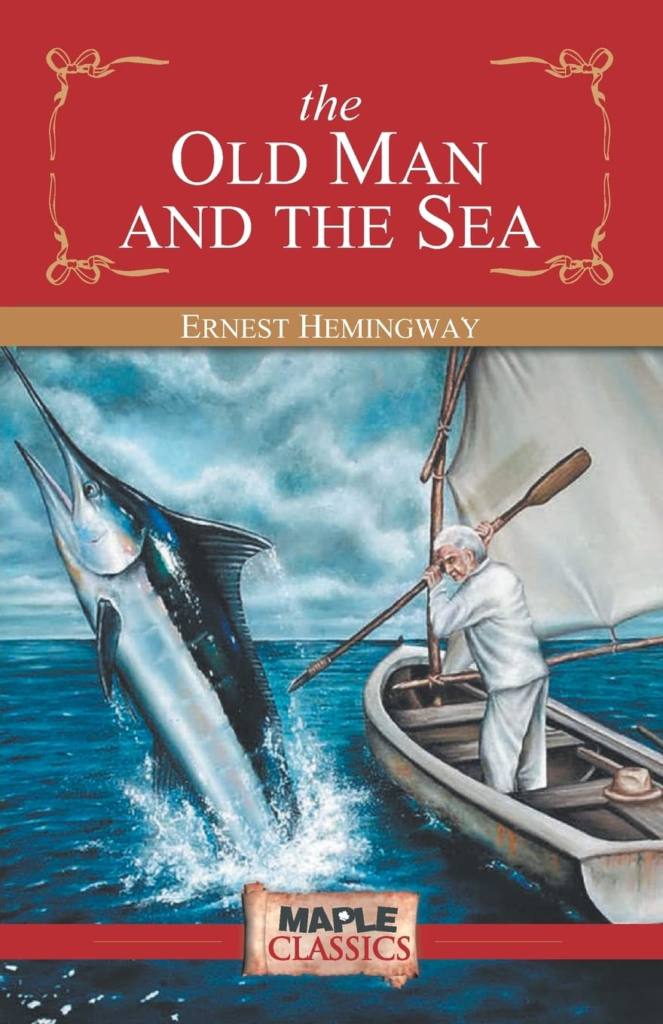
A. Plot Summary
“The Old Man and the Sea” is a classic novel by Ernest Hemingway, and it tells the story of an aging fisherman named Santiago, who hasn’t caught a fish in 84 days. One day, he decides to venture out into the Gulf Stream alone in his small boat, hoping to catch a big fish and end his streak of bad luck.
After a long and grueling struggle, Santiago finally catches a giant marlin, but he soon realizes that he’s in over his head. The marlin is so big that it starts to pull Santiago’s boat out to sea, and he’s forced to fight it for days without rest. Despite his exhaustion and the many obstacles he faces, Santiago never gives up, determined to bring the marlin back to shore and prove himself as a skilled fisherman.
B. Analysis of Themes
One of the key themes of “The Old Man and the Sea” is the struggle of man against nature. Santiago’s battle with the marlin represents the timeless struggle between humans and the forces of the natural world. Hemingway portrays Santiago as a hero who refuses to give up in the face of overwhelming odds, even when it seems like the entire ocean is working against him.
Another important theme of the novel is the concept of pride and honor. Santiago is a man who takes great pride in his work as a fisherman, and he’s determined to catch a big fish that will restore his honor and reputation. Hemingway explores the complex emotions and motivations behind Santiago’s quest, showing how pride and honor can sometimes drive people to do incredible things.
C. Literary Significance
“The Old Man and the Sea” is considered a classic of American literature, and it’s widely regarded as one of Hemingway’s greatest works. The novel won the Pulitzer Prize in 1953 and helped to cement Hemingway’s reputation as one of the most important writers of the 20th century.
One of the reasons why “The Old Man and the Sea” is so significant is its powerful and timeless themes. The struggle of man against nature, the pursuit of pride and honor, and the enduring human spirit are all themes that resonate with readers across generations and cultures.
“Animal Farm” by George Orwell
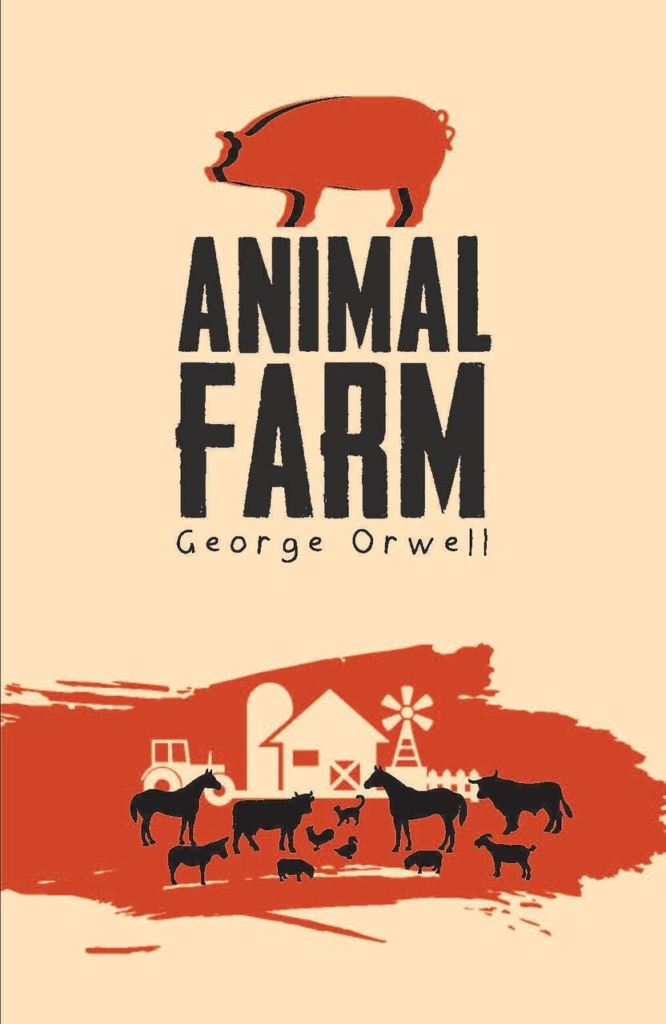
A. Plot Summary
“Animal Farm” is a political allegory that tells the story of a group of farm animals who rebel against their human farmer and create a society of their own. Led by the pigs, the animals work together to build a utopian community based on the principles of animalism, with the goal of creating a world where all animals are equal.
However, as time goes on, the pigs begin to consolidate their power and become increasingly authoritarian. They use propaganda and force to maintain their control over the other animals, betraying the principles of animalism that they once espoused. In the end, the pigs become indistinguishable from their human oppressors, and the animals are left disillusioned and oppressed once again.
B. Analysis of Themes
One of the key themes of “Animal Farm” is the corrupting influence of power. Orwell shows how the pigs’ initial desire for equality and freedom is gradually transformed into a lust for power and control, ultimately leading them to become tyrants. The novel illustrates how power can be used to manipulate and oppress others, even by those who initially had the best intentions.
Another important theme of the book is the danger of propaganda and the manipulation of language. The pigs use language to twist the truth and control the other animals, using slogans like “All animals are equal, but some animals are more equal than others” to justify their actions. Orwell shows how language can be used to obscure the truth and manipulate people’s perceptions, highlighting the importance of critical thinking and skepticism.
C. Literary Significance
“Animal Farm” is considered a classic of political literature, and it’s widely regarded as one of Orwell’s most important works. The novel has been read and studied by millions of people around the world, and it continues to be relevant today as a cautionary tale about the dangers of totalitarianism and propaganda.
One of the reasons why “Animal Farm” is so significant is its use of allegory and symbolism. Orwell uses the animals to represent different groups of people and the pigs to represent the corrupt leaders who take advantage of them. The novel’s simple and direct style, combined with its powerful imagery, makes it accessible to readers of all ages and backgrounds.
“The Great Gatsby” by F. Scott Fitzgerald

A. Plot Summary
“The Great Gatsby” is a novel that explores the decadence and excess of the Jazz Age, as well as the illusions and realities of the American Dream. The story is narrated by Nick Carraway, a young man who moves to New York City and becomes drawn into the world of his wealthy neighbor, Jay Gatsby.
Gatsby is a mysterious and enigmatic figure, known for his extravagant parties and his seemingly boundless wealth. But as Nick becomes more entangled in Gatsby’s world, he discovers that the man he idolized is not all he seems to be. Gatsby is driven by an obsessive desire to recapture the love of his former flame, Daisy Buchanan, and his pursuit of her ultimately leads to tragedy.
B. Analysis of Themes
One of the key themes of “The Great Gatsby” is the corruption and decadence of the American Dream. Fitzgerald uses the characters of Gatsby and his wealthy friends to highlight the emptiness and shallowness of their lives, and the disillusionment that comes with the pursuit of material wealth and social status. The novel suggests that the American Dream is an illusion, and that it ultimately leads to disappointment and despair.
Another important theme of the book is the contrast between illusion and reality. Throughout the novel, characters project an image of themselves that is at odds with their true selves, creating a sense of ambiguity and uncertainty. The novel explores the ways in which people use illusion to construct their identities, and the consequences of this self-deception.
C. Literary Significance
“The Great Gatsby” is widely considered to be a masterpiece of American literature, and it’s one of the most widely read and studied books in the world. The novel is admired for its vivid depiction of the Jazz Age, its evocative prose, and its exploration of the complexities of human nature.
One of the reasons why “The Great Gatsby” is so significant is its exploration of the American Dream. The novel captures the spirit of the era in which it was written, and it speaks to the disillusionment and despair that followed the excesses of the Roaring Twenties. The book continues to be relevant today, as the themes of wealth, status, and illusion remain as relevant as ever.
“Of Mice and Men” by John Steinbeck

A. Plot Summary
“Of Mice and Men” is a novella that tells the story of two migrant workers, George Milton and Lennie Small, as they travel from place to place in search of work during the Great Depression. George is a smart, quick-witted man, while Lennie is mentally disabled and relies on George for protection and guidance.
The two men dream of one day owning their own farm and living off the land, but their dreams are constantly thwarted by the harsh realities of their lives. When they take a job on a ranch, they encounter a cast of characters, including the cruel and volatile Curley and his flirtatious wife, who threaten to shatter their fragile hopes for the future.
B. Analysis of Themes
One of the central themes of “Of Mice and Men” is the idea of the American Dream and the desire for a better life. The novel portrays the harsh reality of life during the Great Depression, where the dream of a better life often proved to be an elusive and unattainable goal. Steinbeck shows how George and Lennie’s dreams of owning a farm are repeatedly dashed, and how the other characters on the ranch are similarly unable to achieve their own aspirations.
Another important theme of the book is the nature of friendship and human connection. George and Lennie’s relationship is the heart of the novel, and Steinbeck uses their bond to explore the importance of companionship and the human need for connection. Despite their differences, George and Lennie are devoted to one another, and their friendship provides them with a sense of purpose and meaning in an otherwise bleak world.
C. Literary Significance
“Of Mice and Men” is a classic of American literature, widely regarded as one of Steinbeck’s greatest works. The novella is admired for its vivid portrayal of the Great Depression and its exploration of themes such as the American Dream, friendship, and human connection.
One of the reasons why “Of Mice and Men” is so significant is its use of language and imagery. Steinbeck’s spare, simple prose captures the harshness and brutality of life during the Great Depression, while also conveying the deep emotions and complex relationships of the characters. The novella’s memorable characters, including the tragic Lennie and the embittered Crooks, continue to resonate with readers today.
“The Stranger” by Albert Camus
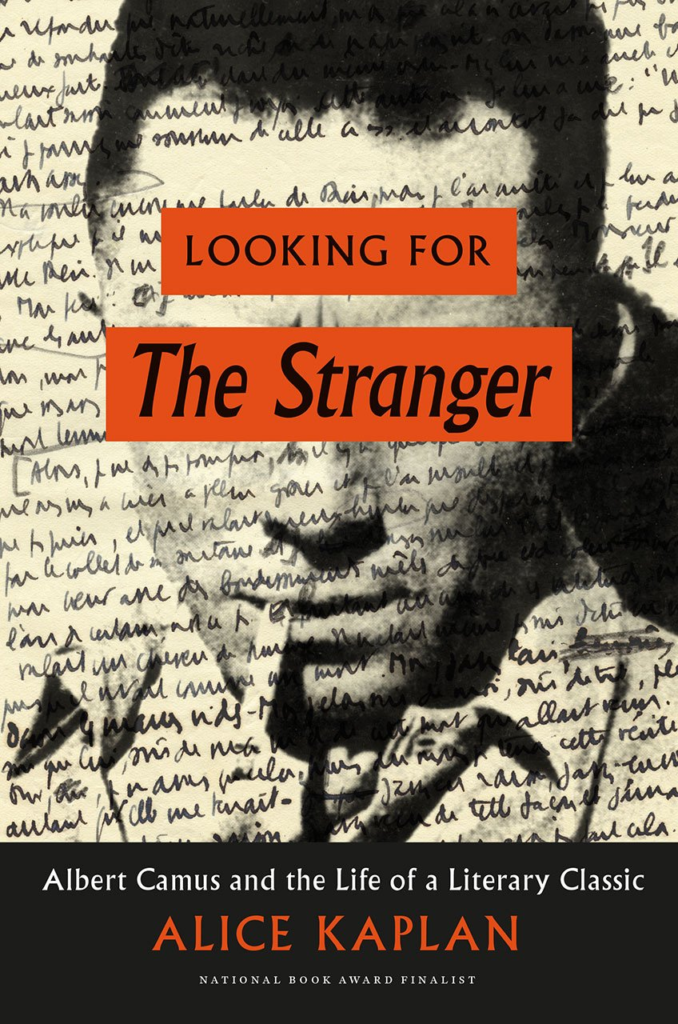
A. Plot Summary
“The Stranger” is a novel that tells the story of Meursault, a detached and apathetic man who is seemingly unaffected by the world around him. The novel begins with the news that Meursault’s mother has died, and follows his journey through the aftermath of her death as he navigates through life’s mundane events.
As the novel progresses, Meursault becomes embroiled in a violent confrontation that leads to his arrest and eventual trial. Despite his seeming lack of emotion or motive, Meursault is condemned to death and forced to confront the consequences of his own indifference.
B. Analysis of Themes
One of the main themes of “The Stranger” is the absurdity of human existence. Camus portrays Meursault as a man who is detached from the world and unable to find meaning in his own life. Meursault’s lack of emotion and apathy toward his mother’s death and the events that follow illustrate the senselessness of human existence and the existential angst that can result.
Another important theme of the book is the idea of free will and individual agency. Meursault’s ultimate fate is determined not only by his own actions, but also by the arbitrary judgments of society and the legal system. Camus uses Meursault’s trial and condemnation to critique the idea that individuals are free to make their own choices and determine their own destinies.
C. Literary Significance
“The Stranger” is a landmark work of 20th-century literature, often regarded as a masterpiece of existentialist philosophy. The novel’s depiction of the absurdity of human existence and the limits of individual agency has resonated with readers for decades.
One reason why “The Stranger” is so significant is its use of language and style. Camus’s spare, precise prose creates a sense of detachment and disorientation that mirrors Meursault’s own emotional state. The novel’s vivid imagery and descriptive passages, such as the intense sunlight that permeates the story, add to its haunting and otherworldly atmosphere.
The Best Quick-Read Books in Non-Fiction
“The Alchemist” by Paulo Coelho
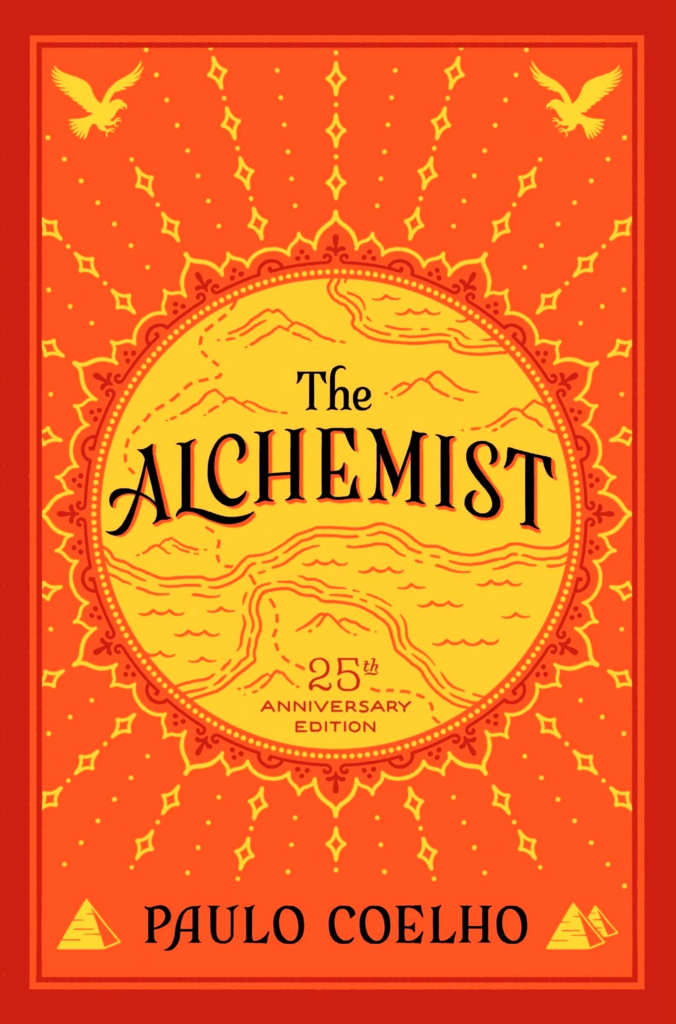
A. Plot Summary
“The Alchemist” is a novel that follows the journey of Santiago, a shepherd boy who dreams of discovering a treasure hidden in the Egyptian pyramids. Despite the warnings of his family and friends, Santiago embarks on a journey to fulfill his destiny.
As Santiago travels through different lands and meets various people, he gains wisdom and learns important life lessons. Along the way, he discovers the power of following his heart, the importance of perseverance and hard work, and the value of listening to the signs and omens that guide him on his journey.
Ultimately, Santiago discovers that the treasure he has been seeking was within him all along, and he returns home a changed man, ready to continue pursuing his dreams.
B. Analysis of Themes
One of the main themes of “The Alchemist” is the idea of personal transformation and self-discovery. Santiago’s journey is not just a physical one, but a spiritual and emotional one as well. Through his experiences and encounters, he learns to understand his own desires and aspirations, and develops a deeper sense of self-awareness and purpose.
Another important theme of the book is the idea of following one’s heart and pursuing one’s dreams. Santiago’s journey is a testament to the power of courage and determination, and the value of taking risks in order to achieve one’s goals. Coelho encourages readers to trust in their own intuition and listen to the inner voice that guides them towards their own destiny.
C. Literary Significance
“The Alchemist” is a beloved modern classic that has captivated readers all over the world. It has been translated into dozens of languages and has sold millions of copies worldwide.
One reason for the book’s enduring popularity is its simple and accessible writing style. Coelho’s prose is straightforward and easy to read, making it a great choice for readers of all ages and backgrounds. The book’s messages of hope and perseverance have resonated with readers from all walks of life.
“Man’s Search for Meaning” by Viktor Frankl

A. Plot Summary
“Man’s Search for Meaning” by Viktor Frankl is a powerful memoir of his experiences as a prisoner in Nazi concentration camps during World War II. In this book, he describes how he found meaning and purpose in his life even in the darkest and most hopeless of situations. He also discusses his development of logotherapy, a form of psychotherapy that emphasizes the search for meaning in life.
B. Analysis of Themes
The main theme of “Man’s Search for Meaning” is the importance of finding meaning and purpose in life, even in the most challenging and difficult circumstances. Frankl argues that humans are driven by a need for meaning and purpose, and that it is this need that can help them to overcome adversity and find hope in even the darkest of situations. Another important theme is the resilience of the human spirit, as Frankl describes how he and others in the concentration camps were able to find small moments of joy and happiness despite the horrors of their daily lives.
C. Literary Significance
“Man’s Search for Meaning” is widely regarded as a classic of 20th century literature and a masterpiece of existentialist philosophy. It has sold millions of copies worldwide and has been translated into dozens of languages. The book has been praised for its insights into the human condition, its powerful message of hope and resilience, and its ability to inspire readers to find meaning and purpose in their own lives. It continues to be a popular and influential book more than 70 years after its original publication.
“The Art of War” by Sun Tzu

A. Plot Summary
“The Art of War” is a famous Chinese military treatise written by Sun Tzu, a general, strategist, and philosopher during the Eastern Zhou period. The book is a comprehensive guide to strategy and tactics in warfare, covering topics such as planning, tactics, maneuvering, and the use of deception. Despite its focus on war, the book has become popular in many fields beyond military strategy, including business, politics, and sports.
B. Analysis of Themes
The main theme of “The Art of War” is the importance of strategy and tactics in achieving success in conflict. Sun Tzu argues that a successful leader must be able to adapt to changing circumstances, anticipate the moves of their opponent, and make the most of their resources. The book also emphasizes the importance of deception and psychology in warfare, with many of the strategies outlined in the book focusing on manipulating the enemy’s perception of the situation.
C. Literary Significance
“The Art of War” is considered one of the most influential works of military strategy ever written, with its principles still applied in modern warfare and beyond. The book’s teachings have been used by generals and politicians throughout history, including Napoleon Bonaparte and Mao Zedong. In addition to its military influence, the book has also had a significant impact on business strategy and leadership, with many of its principles applied in the corporate world. It continues to be a popular and respected work more than 2,500 years after its original writing.
“The 7 Habits of Highly Effective People” by Stephen Covey
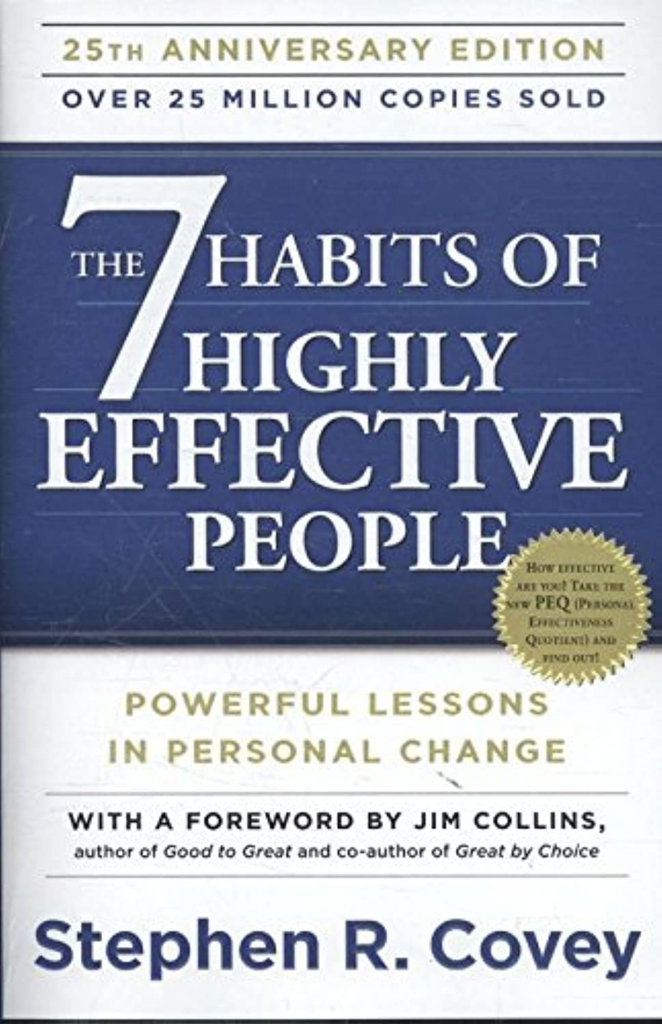
A. Plot Summary
“The 7 Habits of Highly Effective People” is a self-help book written by Stephen Covey. The book outlines seven habits that Covey believes are essential for personal and professional success. These habits include being proactive, beginning with the end in mind, putting first things first, thinking win-win, seeking first to understand, then to be understood, synergizing, and continuously improving.
B. Analysis of Themes
The main theme of “The 7 Habits of Highly Effective People” is personal growth and development. Covey argues that in order to be truly successful, individuals must focus on developing themselves from the inside out. This includes developing a strong sense of personal responsibility, setting clear goals and priorities, and improving communication and relationships with others. Covey emphasizes the importance of a values-based approach to life, and encourages readers to align their actions with their deepest values and beliefs.
C. Literary Significance
“The 7 Habits of Highly Effective People” is considered a classic in the self-help genre, and has sold millions of copies worldwide. The book has had a significant impact on personal and professional development, with many of its principles applied in business, education, and government. The book’s success has also led to the development of a highly successful brand, with Covey and his associates offering training and coaching services based on the book’s teachings. The book continues to be a popular and influential work more than 30 years after its initial publication.
“How to Win Friends and Influence People” by Dale Carnegie
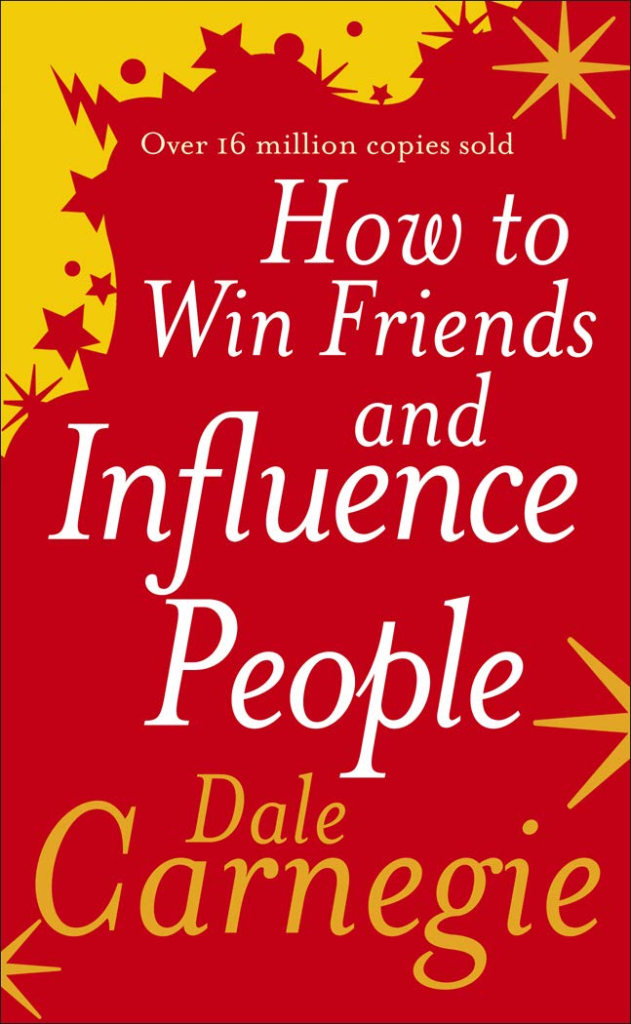
A. Plot Summary
“How to Win Friends and Influence People” is a self-help book written by Dale Carnegie. The book provides practical advice on how to improve communication skills, build relationships, and achieve personal and professional success. The book is divided into several sections, each of which focuses on a different aspect of interpersonal communication, such as handling criticism, building trust, and influencing others.
B. Analysis of Themes
The main theme of “How to Win Friends and Influence People” is the power of interpersonal communication. Carnegie argues that the ability to communicate effectively and build strong relationships is essential for success in all areas of life. The book emphasizes the importance of empathy, active listening, and finding common ground with others. Carnegie also emphasizes the importance of treating others with respect and kindness, and offers practical advice on how to build rapport and influence others in a positive way.
C. Literary Significance
“How to Win Friends and Influence People” is one of the most popular and influential self-help books ever written. The book has sold millions of copies worldwide, and has been translated into numerous languages. The book’s success has led to the development of a highly successful brand, with Carnegie and his associates offering training and coaching services based on the book’s teachings. The book continues to be a popular and influential work more than 80 years after its initial publication, and is considered a classic in the field of personal and professional development.
How to Make Time for Reading Quick-Read Books?
A. Setting reading goals
Setting reading goals is an effective way to make time for reading quick-read books. Start by determining how many books you want to read in a specific period. For instance, you can aim to read a book a week or one book every two weeks. Be specific about the number of books you want to read and the period you want to read them. Writing down your reading goals can help you track your progress and motivate you to read more.
B. Making reading a habit
Making reading a habit can help you make time for reading quick-read books. Dedicate a specific time each day or week to read, and stick to it. For example, you can set aside thirty minutes every evening to read a book. You can also use your free time to read, such as during your lunch break or while commuting to work. Make reading a priority, and you will find yourself making time for it.
C. Prioritizing reading time
Prioritizing reading time is crucial if you want to make time for reading quick-read books. It would help if you made reading a priority over other leisure activities, such as watching TV or scrolling through social media. You can also consider cutting down on other time-consuming activities to create more time for reading. For instance, you can reduce the time you spend on social media or watching TV and use that time to read.
Conclusion
Reading is an incredibly valuable activity that has numerous benefits for our mental and emotional well-being. Quick-read books are a great way to squeeze in some reading time even when our schedules are packed. They offer the opportunity to experience great stories, insights, and knowledge without dedicating too much time. By setting reading goals, making reading a habit, and prioritizing our reading time, we can easily incorporate reading into our daily routines. Whether you’re a busy professional or a student with a full schedule, quick-read books are a convenient way to enjoy the benefits of reading. So go ahead, pick up one of the best quick-read books and get lost in its pages today!
If you’re feeling inspired to start reading some quick-read books, don’t hesitate to take action now! Visit your local bookstore or browse online to find some of the best quick-read books that interest you. Remember, by setting aside just a few minutes a day, you can reap the many benefits of reading and expand your knowledge and imagination. So why not make reading a regular part of your routine and enjoy the endless possibilities that come with a good book? Start today and see for yourself just how much reading can enhance your life.
